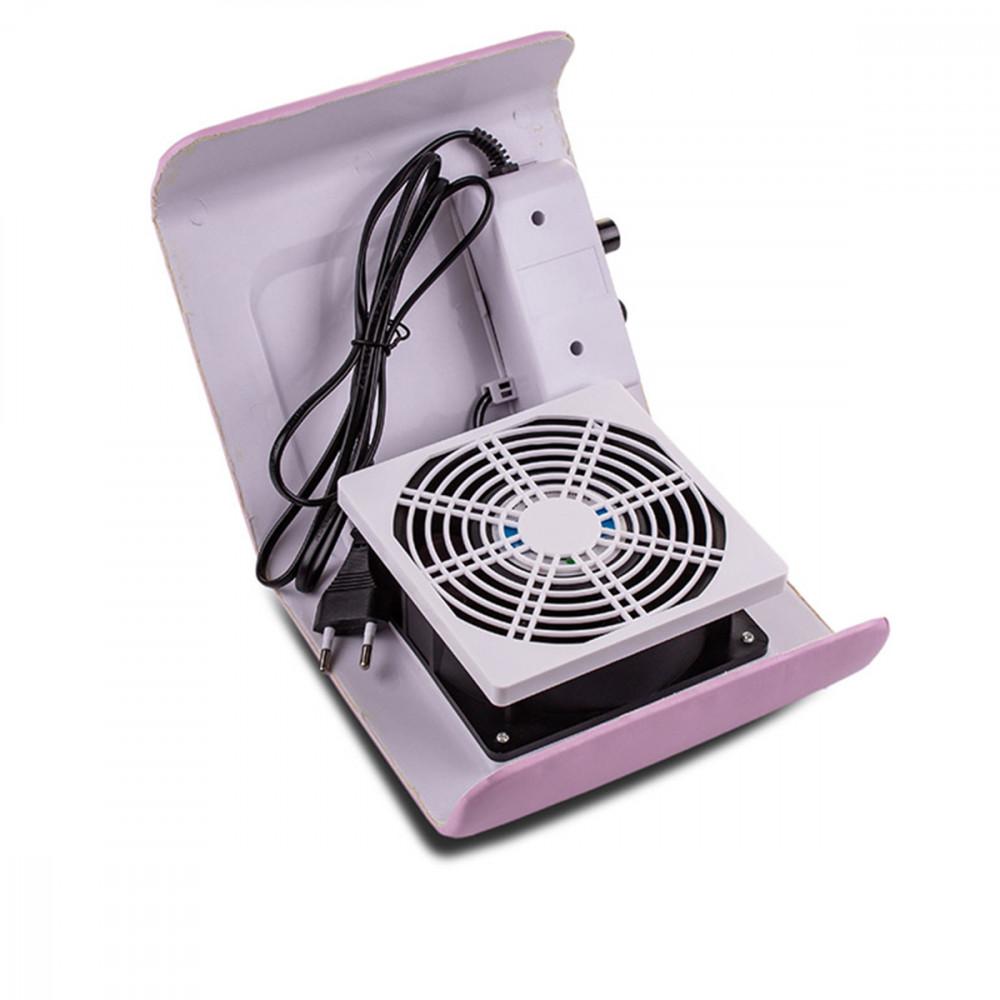In the bustling world of salons, where beauty and wellness converge, an often overlooked concern looms in the air—literally. Nail dust Collector, the seemingly innocuous byproduct of a salon’s artistic endeavors, may hold the key to a concerning issue: respiratory problems. In this comprehensive exploration, we delve into the link between nail dust and its potential impact on respiratory health, underscoring why every salon needs to prioritize the installation of a dedicated dust collector.
The Stealthy Culprit: Nail Dust
What is Nail Dust?
Before we unravel the connection between nail dust and respiratory issues, it’s crucial to understand what nail dust comprises. Nail dust is a fine powder generated during various nail treatments, such as filing, shaping, and buffing. This seemingly harmless residue is a complex amalgamation of acrylic or gel particles, organic debris, and even trace amounts of chemicals from nail products.
The Airborne Hazard
As skilled technicians meticulously craft stunning nail art, an invisible threat takes flight. Nail dust, being exceptionally fine and lightweight, becomes airborne with ease, lingering in the salon atmosphere. Clients and salon professionals alike unknowingly breathe in these particles, setting the stage for potential respiratory concerns.
Connecting the Dots: Nail Dust and Respiratory Problems
Respiratory Health at Risk
Recent studies have underscored a disturbing correlation between prolonged exposure to nail dust and an increased risk of respiratory problems. The inhalation of these minute particles can lead to irritation of the respiratory tract, triggering conditions such as bronchitis and, in severe cases, contributing to the development of chronic respiratory diseases.
Chemical Concerns
Beyond the physical particulates, nail dust often carries chemical residues from nail products. Substances like formaldehyde and acrylate compounds, commonly found in nail polishes and adhesives, pose additional threats when inhaled. Prolonged exposure may lead to respiratory sensitization and exacerbate pre-existing respiratory conditions.
Safeguarding Salon Environments: The Role of Dust Collectors
Understanding Dust Collectors
In the pursuit of a safer salon environment, the installation of a high-quality dust collector emerges as a non-negotiable measure. Dust collectors are specialized filtration systems designed to capture and contain airborne particles, effectively removing them from the salon air.
Benefits of Dust Collectors
-
Enhanced Air Quality: A well-maintained dust collector significantly improves air quality by eliminating harmful particles, fostering a healthier breathing environment.
-
Occupational Safety: Salon professionals, who are consistently exposed to nail dust, experience a safeguarded workspace, minimizing the risk of respiratory ailments.
-
Client Well-being: Prioritizing client safety, a nail dust collector ensures that salon visitors can enjoy their pampering sessions without compromising their respiratory health.
Making Informed Choices: A Call to Action
As conscientious salon owners, technicians, and clients, it is incumbent upon us to prioritize respiratory health. The adoption of robust safety measures, such as investing in top-tier dust collectors, not only aligns with regulatory standards but also demonstrates a commitment to the well-being of everyone involved in the salon experience.
Conclusion: A Breath of Fresh Air
In the ever-evolving landscape of salon trends and practices, it’s imperative to shine a spotlight on the often-overlooked nexus between nail dust and respiratory health. This article serves as a clarion call, urging salons to embrace a paradigm shift towards a safer, healthier environment. The installation of dust collectors stands as a testament to our collective responsibility in mitigating the risks posed by nail dust, ensuring that the air we breathe remains a breath of fresh air.



